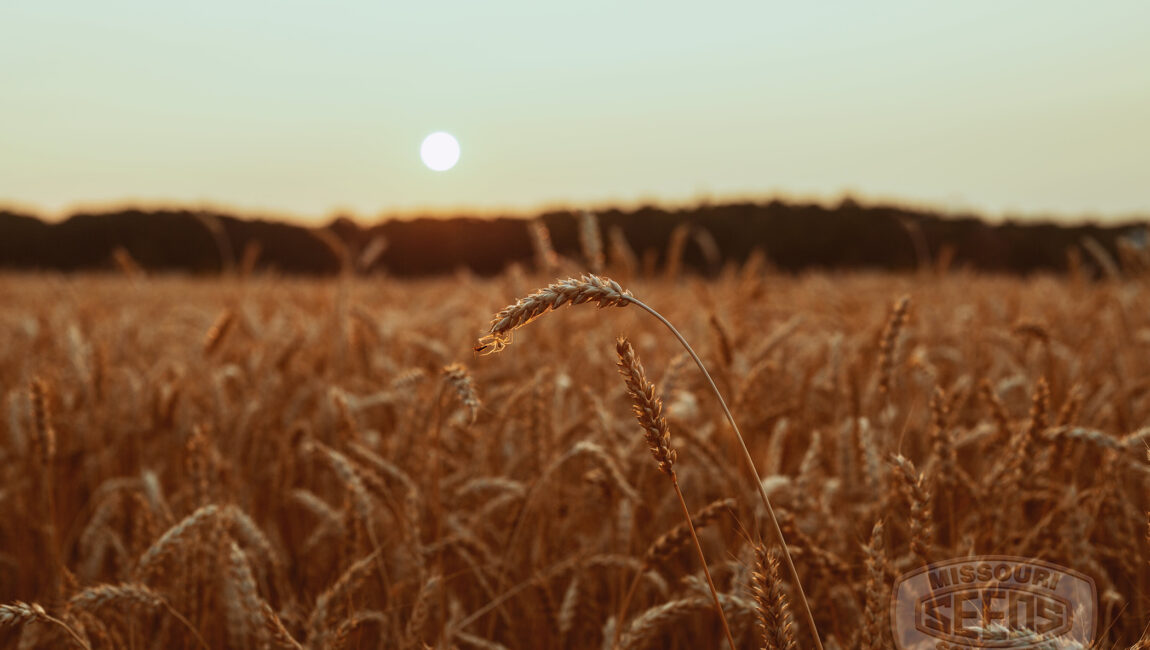
Winter is prime time for planting cereal cover crops like rye and barley. But to achieve the highest level of success, it’s important to note the proper seeding rates and planting tips of each crop to help them get the best start possible.
Cereal Winter Rye: The Weed Suppressor
Known for its hardiness, Cereal Winter Rye is a versatile cover crop that can be seeded later in the fall. Here are the four keys to optimize its potential:
- Timing is Key: For winter annual use, aim to seed from late summer to late fall in the transition zone. This timing allows the Rye to establish itself and provide maximum benefits during the colder months.
- Seeding Depth: Rye is more sensitive to seeding depth than other cereals. Plant the seeds at a depth of 1-2 inches to ensure optimal germination and establishment.
- Drill or Broadcast: Depending on your preference and equipment, you can drill 80 to 100 lb/acre into a prepared seedbed or broadcast at 90 to 120 lb/acre. If planting as a mix, use a lower rate of 20 to 50 lbs/per acre.
- Overseeding by Air: Rye stands out as a cover crop that can be overseeded by air more consistently than others, providing flexibility in your planting methods.
Planting Prep:
- Rye prefers slightly loamy or sandy soil but can tolerate heavy clay and poor drainage.
- Ensure well-prepared seedbeds for optimal germination.
- Timely killing of Rye can be achieved in spring through rolling, mowing or herbicide application.
Winter Barley: Affordable & Adaptable
Winter Barley is a cost-effective cover crop that provides excellent erosion control and weed suppression. To make the most of your barley planting, consider these seeding rates and planting guidelines:
- Adaptable Growth: Barley prefers cool, dry growing areas but can be grown farther north than other cereal grains due to its short growing period.
- Moisture Matters: This cereal crop thrives in well-drained, fertile, loamy, clay soils with adequate moisture. Sow 80 to 100 lb/acre, adjusting the rate based on your field’s moisture conditions.
- Broadcasting Tips: If broadcasting, prepare the seedbed with at least a light field cultivation. Sow 80 to 120 lb/acre and harrow, cultipack or disk lightly to cover.
- Winter Use: Barley can serve as a winter annual cover crop when grown as a winter grain crop. Plant before October 15th for optimal winter hardiness.
Planting Prep:
- Ensure a well-prepared seedbed with adequate moisture for optimal growth.
- Barley can be successfully no-tilled or established in prepared seedbeds.
By following these seeding rates and planting preparation tips, you’re setting the stage for a successful winter planting season. At Missouri Southern Seed, we appreciate your commitment to sustainable practices, and we’re here to support you every step of the way.
